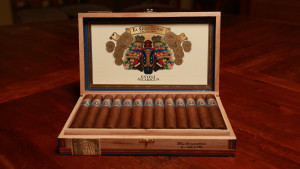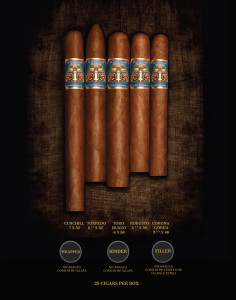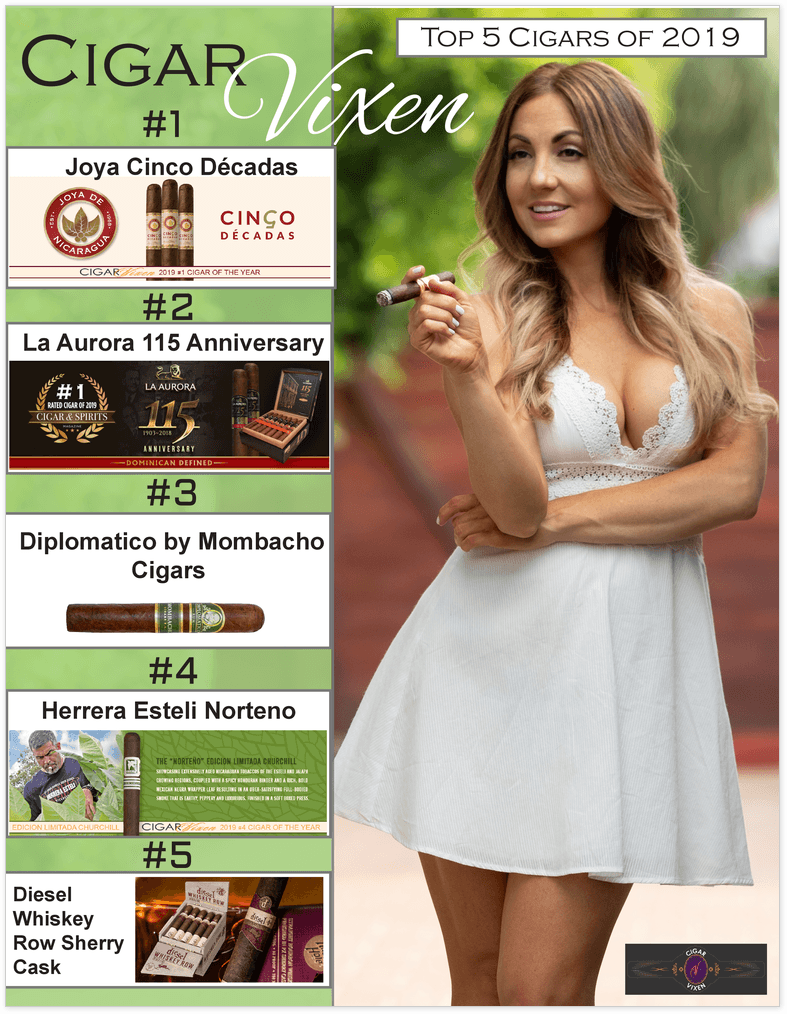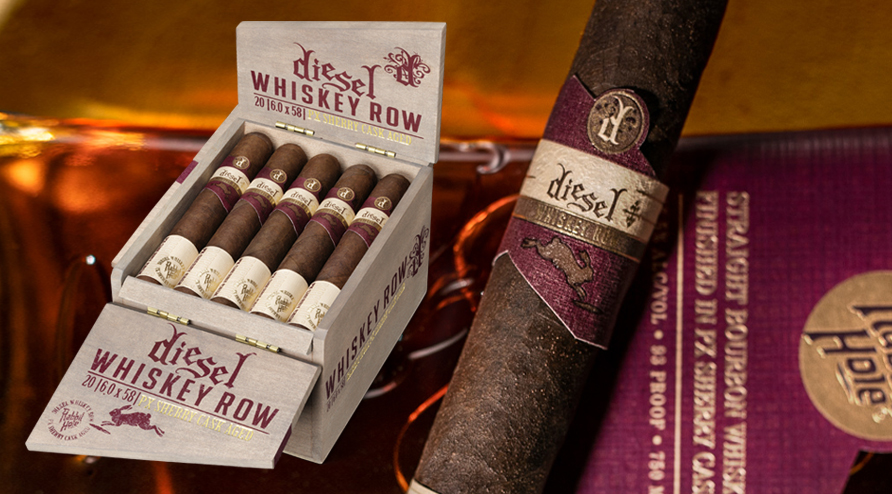 El Güegüense or "the wise man" gets its name from Nicaragua's signature historical satire. It is the ultimate expression of the country's unique history, culture, dance and language. El Güegüense is celebrated throughout Nicaragua today in performance, art appreciation, and now with a blend of tobacco that demonstrates the rich flavors of the country. Nick Melillo has created a masterpiece to unveil as his debut cigar for his new venture; Foundation Cigar Co.
According to Foundation Cigar webite, El Güegüense cigar uses a blend of Cuban Criollo 98 and Corojo 99 varieties. Harvested in the areas of Jalapa and Esteli. Leaves from the third, forth , sixth and medio tiempo primings were used to obtain good strength, aroma and flavor. Available in 5 sizes as shown
El Güegüense or "the wise man" gets its name from Nicaragua's signature historical satire. It is the ultimate expression of the country's unique history, culture, dance and language. El Güegüense is celebrated throughout Nicaragua today in performance, art appreciation, and now with a blend of tobacco that demonstrates the rich flavors of the country. Nick Melillo has created a masterpiece to unveil as his debut cigar for his new venture; Foundation Cigar Co.
According to Foundation Cigar webite, El Güegüense cigar uses a blend of Cuban Criollo 98 and Corojo 99 varieties. Harvested in the areas of Jalapa and Esteli. Leaves from the third, forth , sixth and medio tiempo primings were used to obtain good strength, aroma and flavor. Available in 5 sizes as shown  I found the cigar to be medium to full in strength with rich flavors that transition well from each third.
Check out the video below to see a break down of flavors:
A history of the play according to ViaNica.com
"The El Güegüense play found its existence in the city of Diriamba, located in what is nowadays the department of Carazco. There are different theories regarding the date when the work was created. It is know with certainty, however, that Nahuatl was the original language of the play. The play was presented as street theater, right under the noses of the colonial Spanish civil and military authorities.
People from the area of Diriamba had already shown their strong character in opposition of Spanish domination ever since the arrival of the first conquistadors. In approximately 1522 the captain Fernández Dávila met with a local tribe headed by the chief named Diriangén. The indigenous people courteously received the foreigners and listened to the demands that included surrendering to the Spanish crown and conversion to Christianity. After asking for a brief period for consideration, the locals returned with fury and attacked the invaders.
This historical episode is nowadays considered to be the first war against foreign interveners in Nicaragua. Due to technological advantages the Spanish decimated the tribe of Diriangén and the survivors were subjected to the Spanish rule. A century later, descendents of these survivors might have been the creators and first witnesses of a play that demonstrated a pacific resistance against the foreign rulers.
El Güegüense continued to be presented on the streets, and it was orally transmitted from one generation to the other. It was not until 1942, however, that the piece was written down and published as a book for the first time, and it took another eight years before the music was recorded for the first time.
These days the El Güegüense dances and presentations have become part of the cultural expressions in honor San Sebastián during the regional festivities in Diriamba which takes places in the third week of January. Although professional folkloric ballets now also include the Güegüense dance in their repertoire, and despite the fact that many schools and theaters throughout the country regularly perform the entire play, the festivities in Diriamba offer a unique chance to observe the El Güegüense play performed by descendents of its creators: the inhabitants of the community of Diriamba."
I found the cigar to be medium to full in strength with rich flavors that transition well from each third.
Check out the video below to see a break down of flavors:
A history of the play according to ViaNica.com
"The El Güegüense play found its existence in the city of Diriamba, located in what is nowadays the department of Carazco. There are different theories regarding the date when the work was created. It is know with certainty, however, that Nahuatl was the original language of the play. The play was presented as street theater, right under the noses of the colonial Spanish civil and military authorities.
People from the area of Diriamba had already shown their strong character in opposition of Spanish domination ever since the arrival of the first conquistadors. In approximately 1522 the captain Fernández Dávila met with a local tribe headed by the chief named Diriangén. The indigenous people courteously received the foreigners and listened to the demands that included surrendering to the Spanish crown and conversion to Christianity. After asking for a brief period for consideration, the locals returned with fury and attacked the invaders.
This historical episode is nowadays considered to be the first war against foreign interveners in Nicaragua. Due to technological advantages the Spanish decimated the tribe of Diriangén and the survivors were subjected to the Spanish rule. A century later, descendents of these survivors might have been the creators and first witnesses of a play that demonstrated a pacific resistance against the foreign rulers.
El Güegüense continued to be presented on the streets, and it was orally transmitted from one generation to the other. It was not until 1942, however, that the piece was written down and published as a book for the first time, and it took another eight years before the music was recorded for the first time.
These days the El Güegüense dances and presentations have become part of the cultural expressions in honor San Sebastián during the regional festivities in Diriamba which takes places in the third week of January. Although professional folkloric ballets now also include the Güegüense dance in their repertoire, and despite the fact that many schools and theaters throughout the country regularly perform the entire play, the festivities in Diriamba offer a unique chance to observe the El Güegüense play performed by descendents of its creators: the inhabitants of the community of Diriamba."





